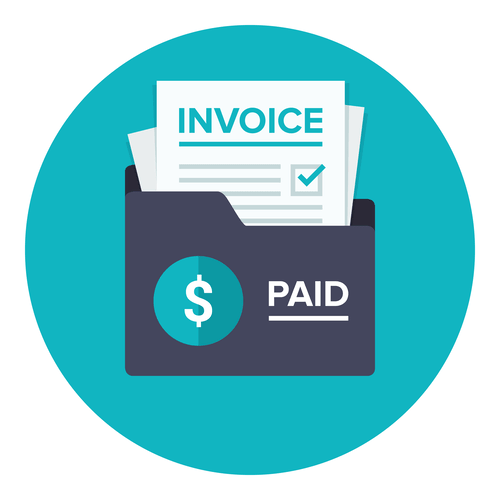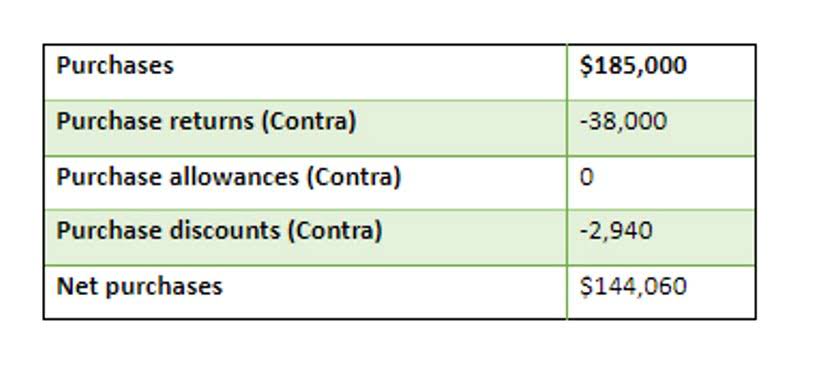
However, it is essential to recognize that assumptions are simplifications of reality and may introduce uncertainties into our analysis. One aspect that companies must be aware of is the potential for cost assumptions to be wrong. Every effort must be made to make correct cost estimates so that the choice of an opportunity that a business ultimately makes doesn’t affect the company negatively. Incremental analysis is a decision-making tool used in business to determine the true cost difference between alternative business opportunities. Incremental costs are also referred to as marginal costs, but there are incremental cost some basic differences between them. You may estimate how much you should budget for your firm and how much profit you might make by conducting this type of cost analysis ahead of time.
- In other words, when output increases, the average cost per unit decreases.
- They need to compare the additional costs (solar panels, wind turbines, and grid integration) against the incremental benefits (lower energy bills, positive brand image, and environmental impact).
- Fixed costs, such as rent and overhead, are excluded from incremental cost analysis since they normally do not vary with output quantities.
- They could include the price of crude oil, electricity, or any other key raw commodity, for example.
- Often times new products can use the same assembly lines and raw materials as currently produced products.
- However, management must be mindful that groups of production units may have materially varying levels of marginal cost.
- Incremental costs (or marginal costs) help determine the profit maximization point for an organization.
Incremental Cost of Capital: What It is, How It Works

At a certain level of production, the benefit of producing one additional unit and generating revenue from that item will bring the overall cost of producing the product line down. The key to optimizing manufacturing costs is to find that point or level as quickly as possible. The change in total expenses is the difference between the cost of manufacturing at one level and the cost of manufacturing at another. For example, management may be incurring $1,000,000 in its current process. Should management increase production and costs increase to $1,050,000, the change in total expenses is $50,000 ($1,050,000 – $1,000,000).
Terms Similar to Incremental Cost
- Whether you’re optimizing business processes, designing public policies, or improving patient care, understanding incremental costs empowers you to navigate complex choices effectively.
- Analyzing production volumes and the incremental costs can help companies achieve economies of scale to optimize production.
- The moment one extra unit produced does not generate the required return, the business needs to modify its production process.
- Because the sunk costs are present regardless of any opportunity or related decision, they are not included in incremental analysis.
- Marginal cost may equal incremental cost when only one additional unit is being considered.
- Beyond that point, the cost of producing an additional unit will exceed the revenue generated.
Analyzing production volumes and incremental costs can assist businesses in achieving economies of scale in order to optimize production. Economies of scale occur when expanding production results in cheaper costs because the costs are spread out over a greater number of commodities produced. In other words, when output increases, the average cost per unit decreases.
Benefits of Marginal Cost

However, none of it will include the fixed costs since they will not change due to volume fluctuation. The term income summary incremental cost refers to the cost that the business incurs for producing an extra unit. As a result, while both ideas are related to a cost shift, marginal cost relates to both a rise and a decrease in production. To improve decision-making efficiency, incremental cost calculation should be automated at all levels of production. There is a requirement to create a spreadsheet that tracks costs and output.

All fixed costs, such as rent, are omitted from incremental cost analysis because they do not change and are generally not specifically attributable to any one business segment. Alternatively, once incremental costs exceed incremental revenue for a unit, the company takes a loss for each item produced. Therefore, knowing the incremental cost of additional units of production and comparing it to the selling price of these goods assists in meeting profit goals.

